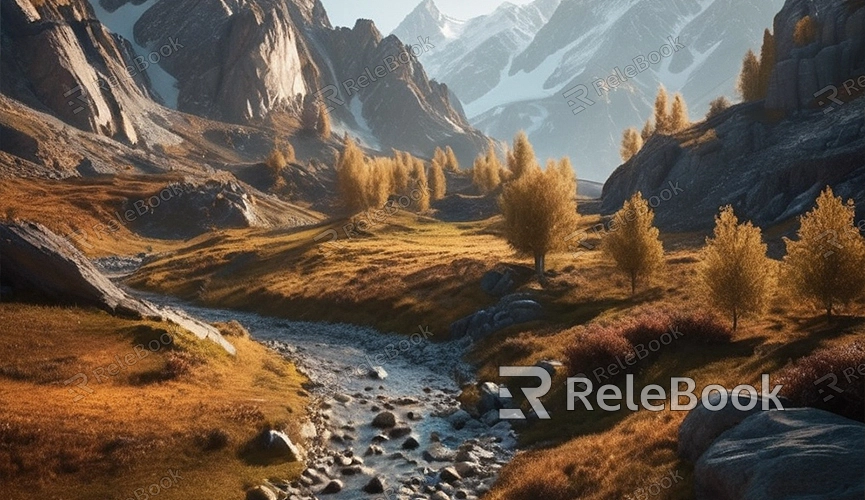How to render a scene in blender that is 3000x720
Rendering a scene at a specific resolution in Blender is a common requirement, especially when dealing with non-standard project sizes. This guide will walk you through the steps to set up and render a scene at a resolution of 3000x720 in Blender, along with some useful tips to help you optimize the rendering process.
Preparation
Before setting the resolution, ensure that all necessary modeling and animation for the scene are completed. Here are the steps to follow:

Setting the Resolution
1. Open Blender and load your project file.
2. In the top menu bar, click on the "Render" tab and select "Render Settings."
3. In the "Render Settings" panel, find the "Output Properties" section.
4. In the "Output Properties" section, you will see the "Resolution" option. By default, the resolution is set to 1920x1080.
5. Set the resolution to 3000x720. Enter 3000 in the "Resolution X" field and 720 in the "Resolution Y" field. Make sure the "Percentage" field is set to 100%.
Configuring Output Settings
After setting the resolution, you need to configure the output settings to ensure a smooth rendering process.
1. In the "Output Properties" panel, locate the "Output" section.
2. Choose the format and encoder you want to export the scene to. Common image formats include PNG and JPEG, while video formats can be MP4 and AVI, with H.264 as a common encoder.
3. Ensure you have selected the correct folder path so that you can easily locate the exported files after rendering.
Optimizing Render Settings

To ensure both efficiency and quality in rendering, you can make some optimizations:
1. Sampling Settings: In the "Render Settings" panel, find the "Sampling" option. Increasing render samples can improve image quality but also extends render time. Adjust the sample value as needed.
2. Ray Tracing Settings: If your scene uses ray tracing technology, adjustments can be made in the "Ray Tracing" section. Reducing the number of ray bounces can speed up rendering.
3. Denoising Settings: Enabling denoising can effectively reduce noise in the image and improve overall quality.
Rendering the Scene
Once all settings are configured, you can start rendering the scene:
1. In Blender's top menu bar, select the "Render" tab and then click "Render Image" or "Render Animation," depending on your project needs.
2. Blender will begin rendering the scene according to the resolution and parameters you have set. This process may take some time, depending on the complexity of your project and your computer’s performance.
Checking the Output
After rendering is complete, open the output folder to review the exported files. Check that the resolution of the image or video meets your expectations and ensure that the rendering quality meets your needs. If you find any issues, you can return to Blender, make adjustments, and render again.
Tips for Improving Rendering Efficiency
- Use Proxy Files: Utilize lower-resolution proxy files during editing and rendering to enhance efficiency and reduce the load on your computer.
- Render in Segments: For larger scenes, consider splitting them into smaller segments and then merging them. This approach can minimize errors during rendering.
- Optimize Materials and Textures: Using appropriate material and texture settings can reduce rendering time while maintaining quality.
By following these steps, you can easily render a scene at 3000x720 resolution in Blender. If you need high-quality 3D textures, HDRIs, or 3D models for your projects, you can download them from Relebook. After downloading, simply import the textures and models into your Blender scene. These resources will significantly enhance your efficiency and model quality in Blender.

